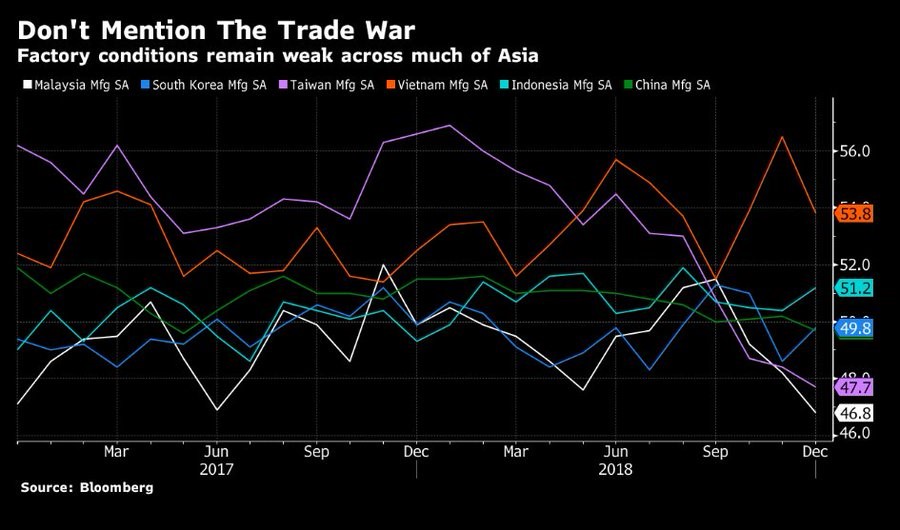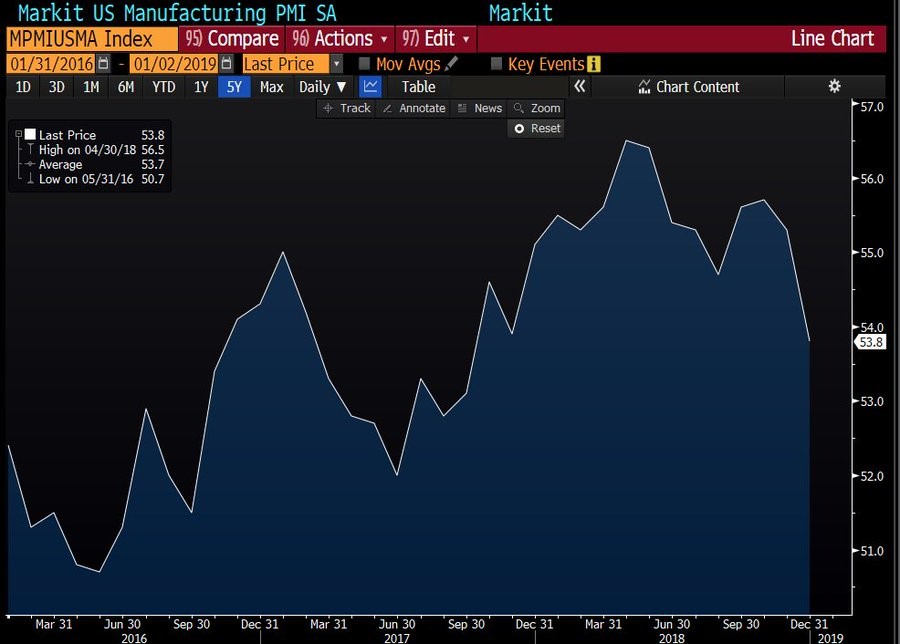Apple Pre-Announces Negative Results
Apple had a bad Q1 even though overall U.S. retail sales were great. The firm lowered its Q1 revenue guidance from a range of $89 billion-$93 billion to $84 billion. This wildly missed the Street’s consensus for $91.3 billion.
Furthermore, the firm’s gross margin guidance fell from 38% to 38.5% to just 38%. Some believe that when Apple stopped breaking down sales of individual products last quarter, it was a sign the company was about to have problems.
It’s a general rule of thumb that the more transparent a company is, the better the business.
However, we don’t need to worry about red flags like this. We can just dive into the business to see the obvious flaws. Apple can’t keep raising prices for smartphones that aren’t improving much.
In its first negative pre-announcement since June 2002, the firm mentioned its new program. The one where users could upgrade their iPhone’s battery for $30, limited sales growth.
Apple believes this was the right thing to do. I agree, but it’s a problem that many users see little reason to upgrade to the newest iPhones.
Apple Pre-Announces - China Is A Huge Problem
A big reason for the negative guidance was weakness in China. It appears the Chinese economy is falling off a cliff. The fact that Apple’s main issue was macroeconomic is bad news for the rest of the S&P 500 firms with a big Asian presence.
The chart below shows the manufacturing conditions in a few Asian countries. It is below 50, which is contraction, in South Korea, China, Taiwan, and Malaysia.
The 49.7 reading in China in December was the lowest since May 2017 and was down from 50.2. Furthermore, the official PMI was 49.4 which was the lowest since early 2016.
China’s latest cyclical issues are short term, while Apple’s ability to keep raising prices on a consumer product is a long term issue.
Even with these problems, it’s not as if Apple is about to go to zero anytime soon. The stock fell 7.55% after hours because of this negative pre-announcement. Apple will likely buy back gobs of stock if it falls sharply on Thursday.
Apple Pre-Announces - Specifics Of Apple’s Quarter
Let’s get into a few specific results from the quarter. Categories outside of iPhone grew 19% year over year. Apple guided for 9% EPS growth which is down from the 20% growth expected in the previous guidance.
Apple services revenue was up 27% and Apple wearables revenue was up 50%. The Apple Watch won’t be the next iPhone, but the ECG monitor is impressive.
It’s quickly differentiating itself from other smartwatches and smart devices that you don’t wear. Essentially, Apple Watch is successfully answering the question of why you need it in addition to your smartphone.
The chart below shows the growth of Apple Watch as compared to iPod a few years ago. Apple now has 1.4 billion total active devices which means it has the power to sell services to a lot of users.
Wearables is soon going to surpass the Mac and iPad in revenue. Other good news is AirPods have a 98% customer satisfaction rate and Apple Watch has a 97% rate.
Apple Pre-Announces - Big Rally In Treasuries
Even though the S&P 500 increased 0.13% on Wednesday, the treasury market had a huge rally where the yield curve flattened sharply.
The 2 year yield fell 2 basis points to 2.47% and the 10 year yield fell 6 basis points to 2.62%. This means the difference between the two yields is 15 basis points.
It’s important to recognize that the 10 year yield being at 2.62% prevents the Fed from raising rates twice this year as the range would be 2.75% to 3%.
This explains why there is only a 0.3% chance the Fed raises rates twice by December. The Fed funds futures market isn’t always right, but 2 hikes seem almost impossible. The curve will likely invert before anymore hikes this cycle.
There is currently a 16.3% chance of a cut in 2019. Luckily for the Fed, because it has been so hawkish, a simple change in rhetoric could help financial conditions. The Fed may not need to cut rates this year even if the economy weakens further.
Apple Pre-Announces - Weak Markit PMI
Soft data, which is the survey reports, has been very week in the past month.
Manufacturing Markit PMI from December is no exception. PMI was 53.8 which fell from 55.3 in November. Consensus was 53.9.
As you can see from the chart below, this reading was a 15 month low. December had the weakest improvement to operating conditions since September 2017.
Business confidence fell to the lowest point since October 2016. The employment PMI was the weakest in 18 months. Luckily, the labor market doesn’t rely on manufacturing nearly as much as services for job creation.
This report overall signals manufacturing grew at an annualized rate of 1% in Q4.
Manufacturing is the most vulnerable sector to weakness in global economies. We are seeing that play out now as China, Germany, and Japan have seen growth fall.
Apple Pre-Announces - Weak Dallas Fed Report
December Dallas Fed report from Monday is one example of the weak soft data reports I referenced earlier.
Production index fell from 8.4 to 7.3 and the general activity index fell from 17.6 to -5.1. 6 month outlook fell 22.5 points to 3.2 which is the lowest reading since May 2016.
According to some metrics, this slowdown is closing in on being as bad as early 2016.
A fabricated metal product manufacturing company stated, “Housing is definitely seeing an impact from various variables such as interest rates, tariffs and a tight labor market in construction. Beginning in October of 2018, we had seen a dramatic shift down in sales of windows and doors for the residential market. The decrease seems to be broad based across our customers.”
The good news for the housing market is home builders are being hurt by higher costs from tariffs and wage inflation. That means the demand side isn’t as weak as their stock prices suggest.
That being said, it’s hard to see that much weakness when the labor market is nearly full and there is low inflation.



Recent Comments